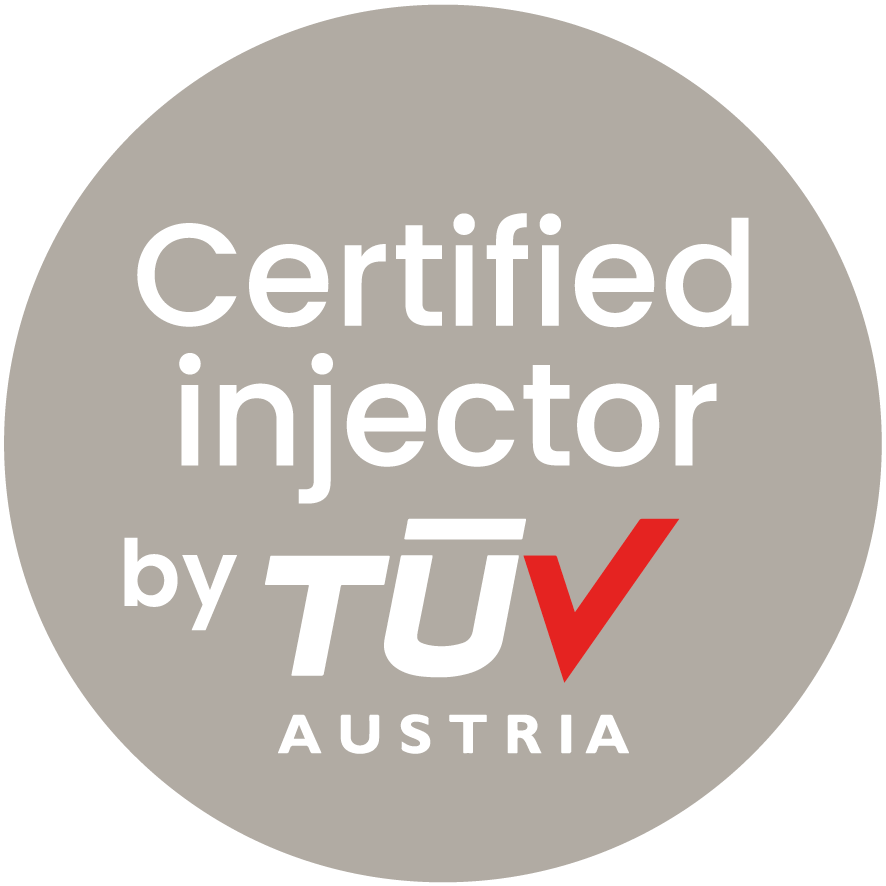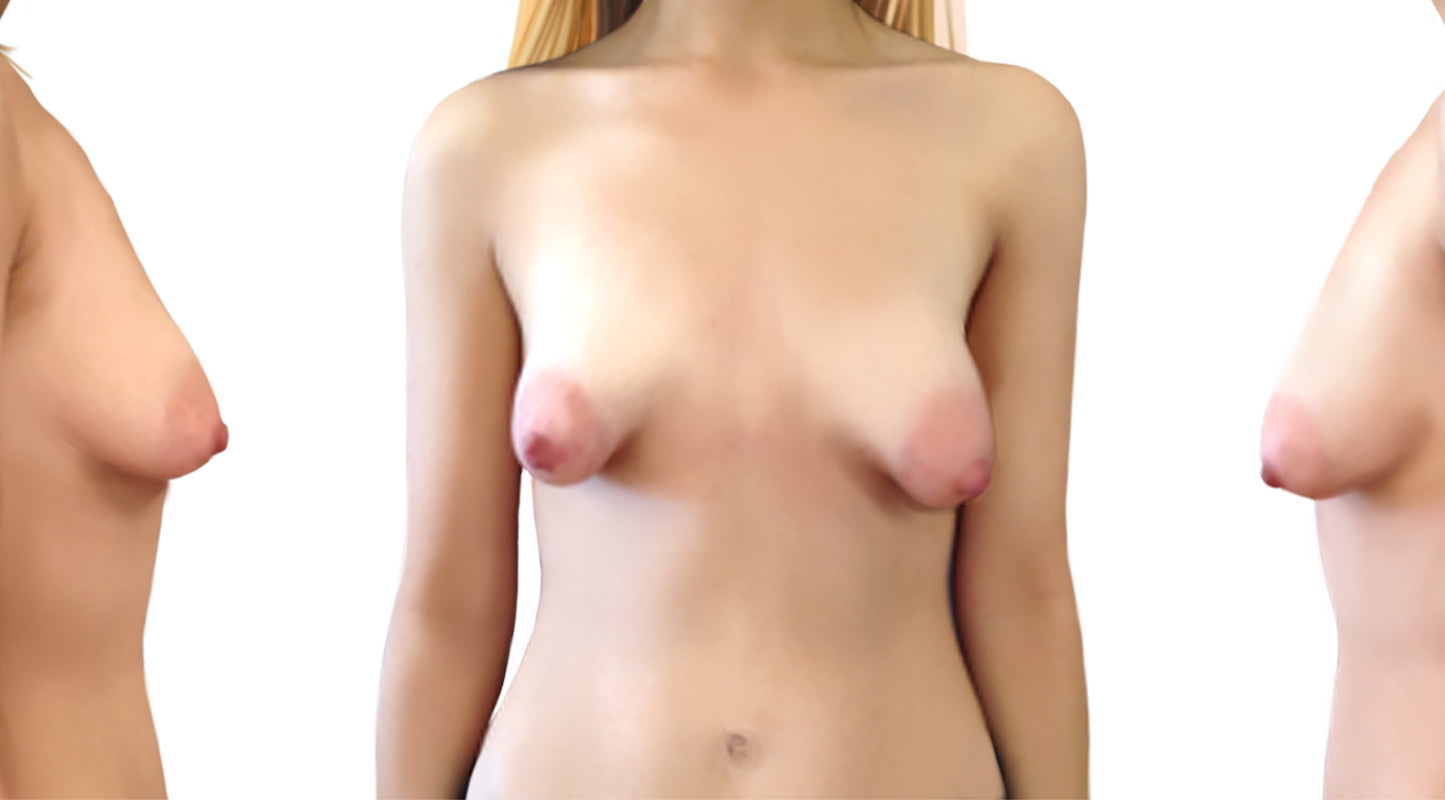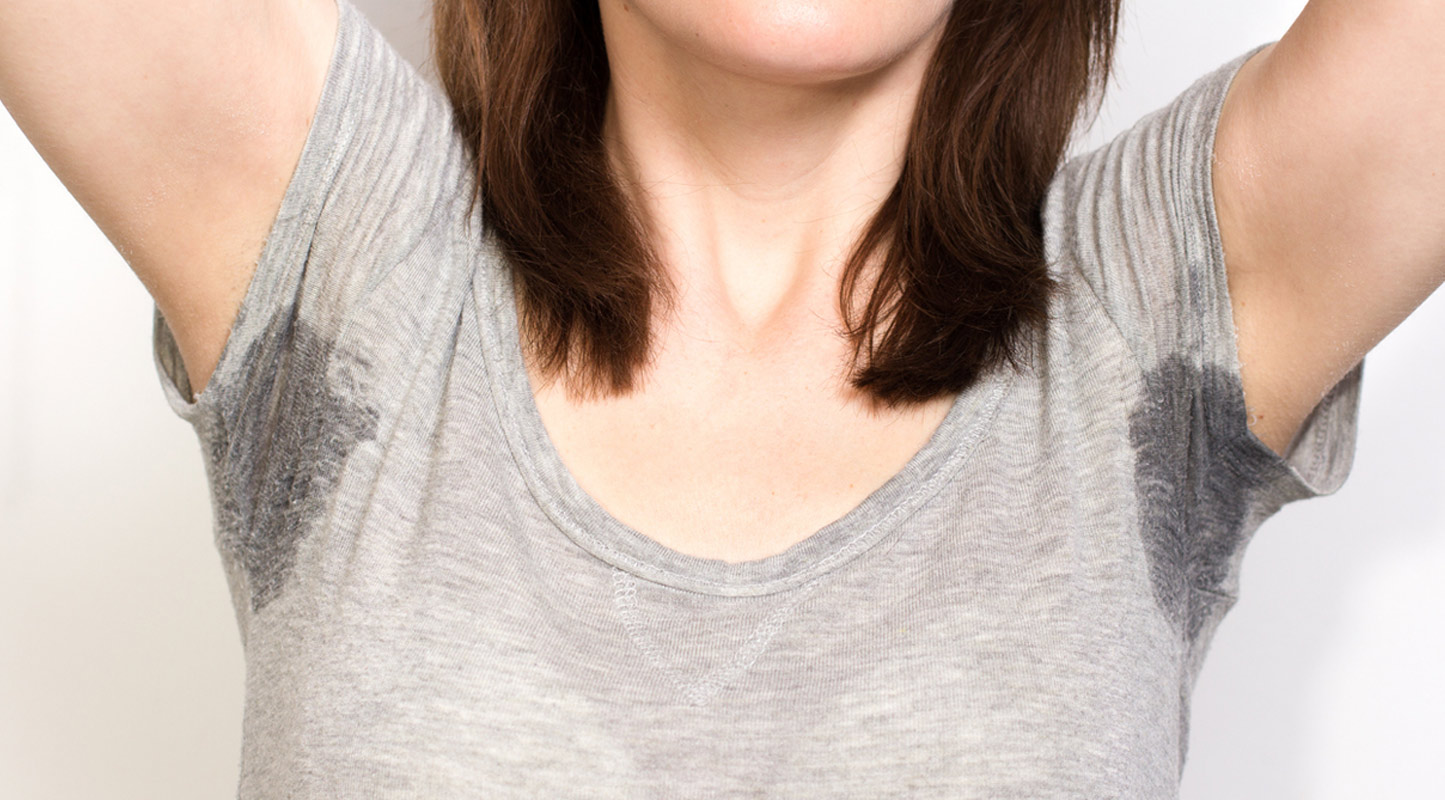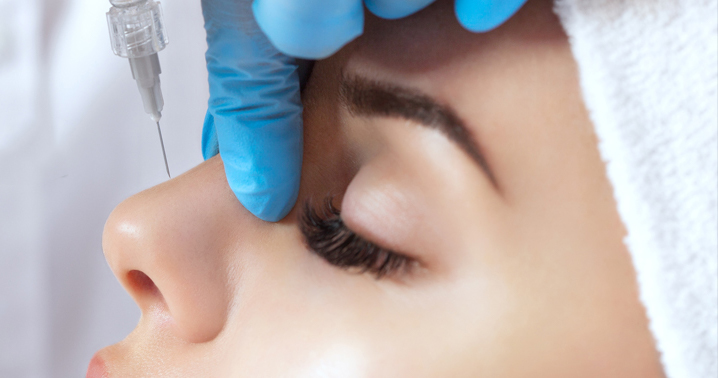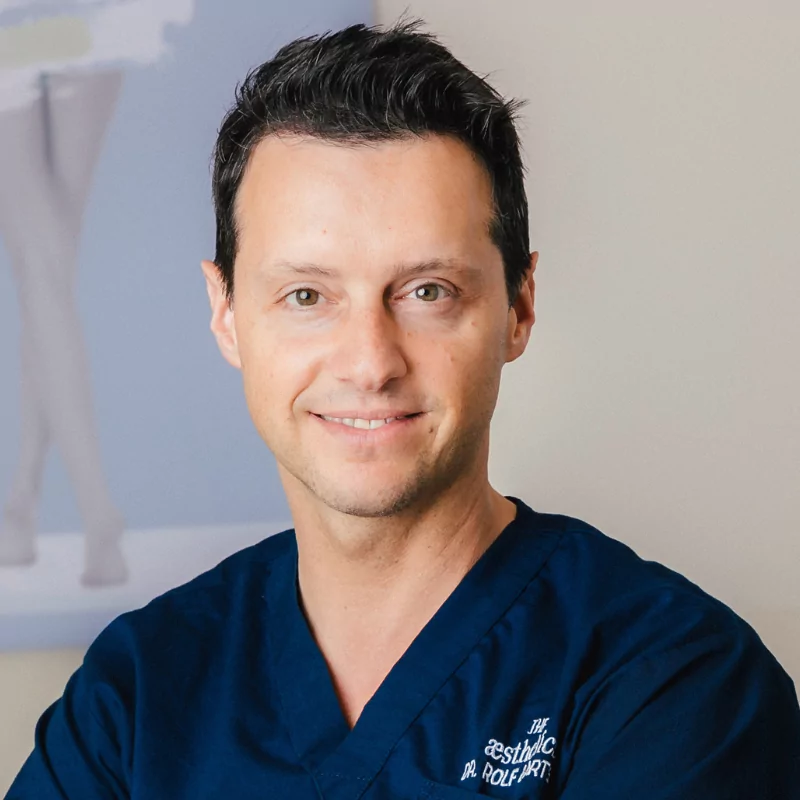
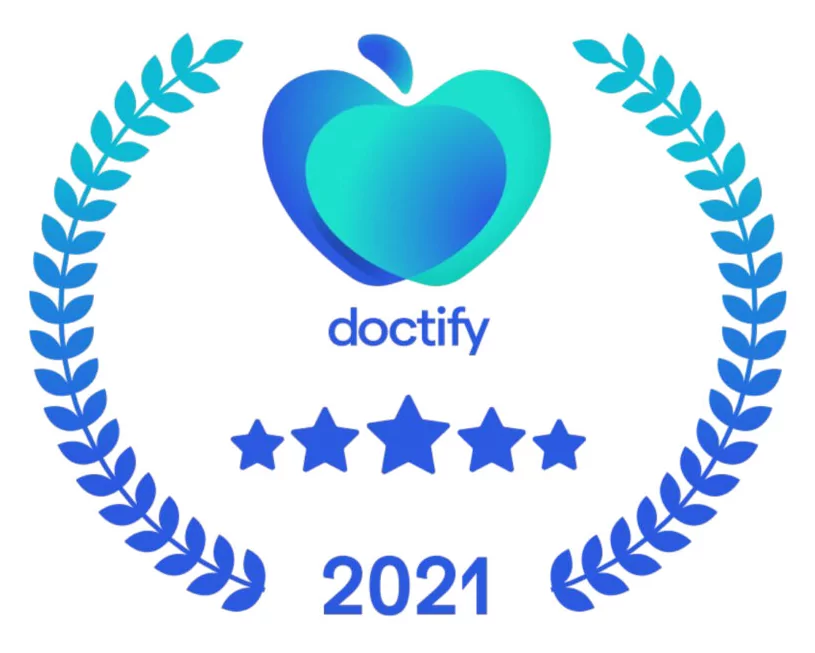
Certificate
Certificate for outstanding performance
Docify awards to
Dr. Rolf Bartsch
the
Award for the most patient votes Top 10 2021
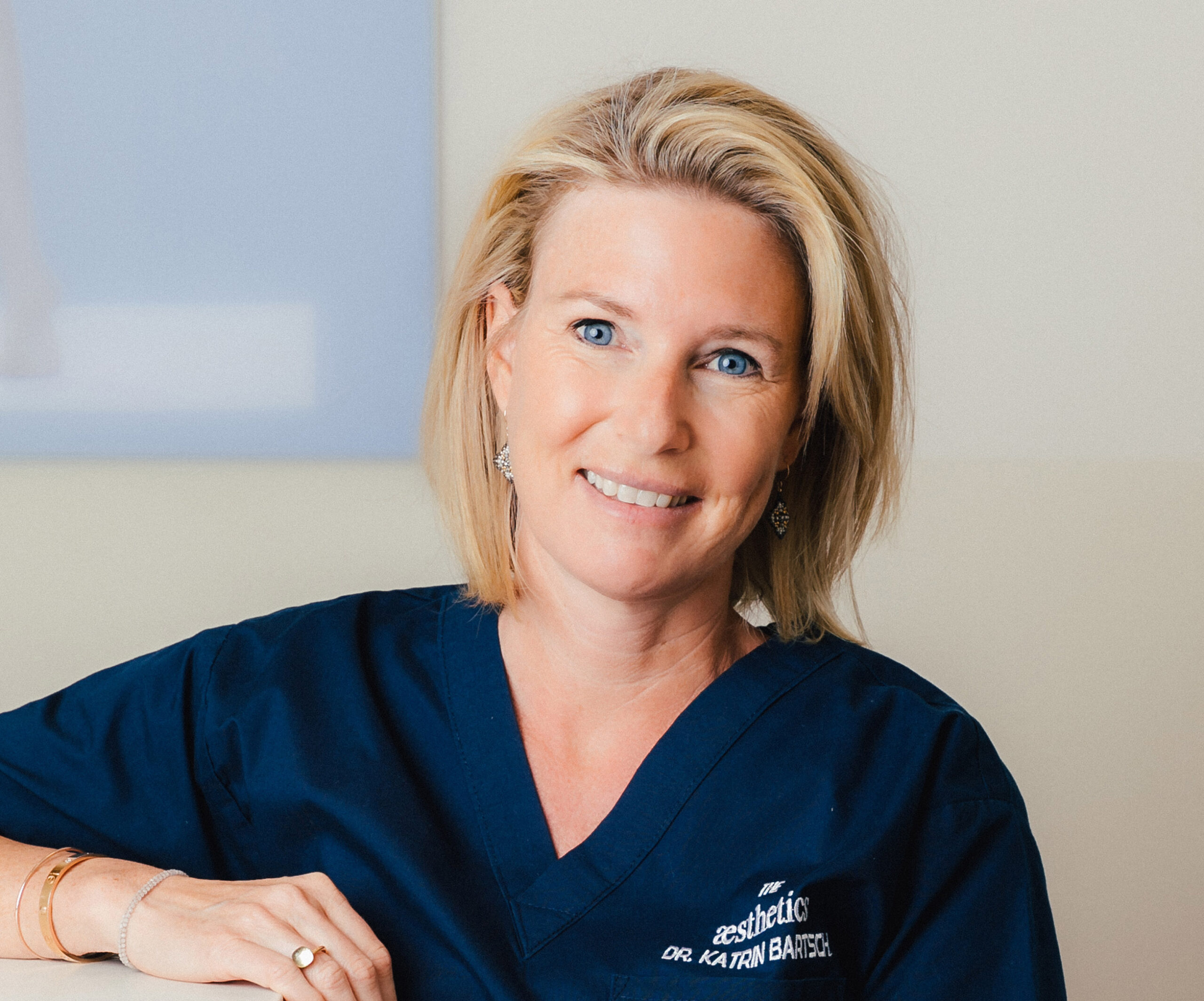
Can lip injections be reversed?
Can lip injections be reversed?
Injections with hyaluronic acid have become very common in recent years. In addition to corrections to the temples, cheeks, cheekbone or chin, “injecting the lips with hyaluronic acid” has become a very common treatment.
Injections with hyaluronic acid usually proceed without complications, but in rare cases problems can occur. Hylase, hyaluronidase, is an enzyme that can dissolve hyaluronic acid. It is supplied in powder form in various concentrations. It is then dissolved with a saline solution. Hylase is a very important product that should always be kept in stock in case of an emergency, as it is virtually the “insurance policy” for many treatments.
Lip injections should normally be done with hyaulronic acid. There are countless different manufacturers who produce hyaluron in different concentrations and degrees of cross-linking. If either too much hyaluronic acid was used for lip injections or the hyaluronic acid did not end up where you wanted it to, products from well-known manufacturers can usually be partially or completely dissolved again with hyaluronidase – or hylase for short.
Unfortunately, whether it can be completely reversed depends very much on how often and which product was injected.
How is a hylase treatment carried out?
A Hylase treatment is done with a very thin needle that is injected directly into the hyaluronic acid product, i.e. the enzyme. Within a few hours, the hyaluronic acid dissolves. Depending on the treatment area, the injection may be more or less painful.
How much does a Hylase treatment cost?
Hylase is sold in ampoules in powder form. Different concentrations – e.g. 150mg, 300mg or 1,500mg – have to be diluted differently. 150-300mg can be used per treatment. The cost for one treatment is 390€. Experience is particularly important during treatment, as hylase dissolves all hyaluronic acid, including the body’s own. Therefore, the dosage and exact application is especially important.
What should be paid special attention to?
One issue that is becoming increasingly common is that biopolymers are used in lip injections. The term “biopolymer” can be somewhat misleading in that it sounds like “healthy” or “biological” and is therefore asked for by the patient. However, this is not the case. It is merely a different material for lip injections, a material that consists of a completely different substance than hyaluronic acid. This creates the problem that the biopolymers cannot be dissolved by hylase and as a result the treatment cannot be reversed. From the point of view of our doctors, it is therefore essential that in the case of a facial injection, it is pointed out whether it is a hyaluronic acid product that can be dissolved again with hylase or not.
In addition, it is important to note that hylase is an enzyme that cannot distinguish whether it is the body’s own naturally occurring hyaluronic acid or hyaluronic acid that has been injected. For this reason, the injection of Hylase belongs in practised hands, as too high a concentration or too large a quantity of the product can have a negative effect, for example in the form of a hole.
Here is an example of a patient who was treated with Hylase:
This patient has had swelling and bulging of the tear trough since it was injected. Lower eyelids in particular are a delicate area for injections. This is the reason why the treatment with Hylase is reserved for experienced practitioners. The photo shows a before and after result after 2 treatments with Hylase at intervals of one week.

